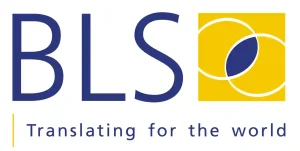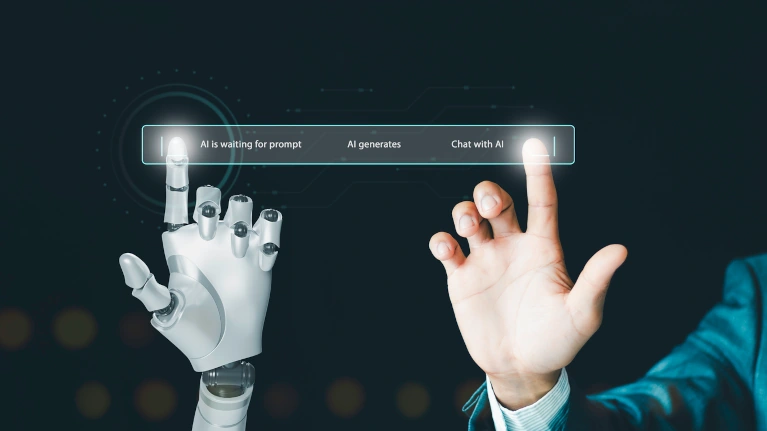Translation in 2025: between AI, machine translation and CAT tools
In 2025, the translation industry is undergoing a true revolution due to technological advances. Computer-aided translation (CAT) tools, neural machine translation systems such as Google Translate and DeepL, and artificial intelligence are redefining the way today’s translators approach multilingual projects.
Computer-aided translation (CAT) tools enable translators to work more efficiently by creating, compiling and centralising regularly updated translation memories and glossaries. These tools save time while improving the quality, accuracy and consistency of translation projects. They also facilitate the use of machine translation for post-editing, offer options for revision by another translator, and include spell-checking tools to ensure a perfect end result for customers.
Machine translation, using tools such as Google Translate or DeepL, has improved enormously in recent years. These technologies now offer relatively accurate translations for many languages. It is important to note, however, that while these tools are effective for basic translations and informal texts, they are limited in their ability to take into account cultural nuances, idiomatic expressions and industry-specific contexts. Human revision by a translator is also essential to avoid the priming effect, i.e. the risk of being influenced by the machine’s proposal, which seems natural but may contain omissions or shifts in meaning. A professional translator-editor understands machine biases, and can detect any inherent errors.
AI, and ChatGPT in particular, goes even further, offering contextually accurate and tailored responses. While extremely useful for writing content and translating complex sentences, it is not without its shortcomings. For projects requiring a nuanced approach or specialist knowledge, human expertise remains essential. What’s more, since confidentiality is a major issue for some customers, it’s vital that a translator knows how to work effectively with AI, and without it.
At the end of the day, in 2025 as in the past, translation relies on striking a balance between IT tools and professional translators. This is exactly the type of service BLS offers: a synergy between human and machine, reducing costs and turnaround times while guaranteeing the very best quality.
Hugo Bouabdelli, 21/03/2025

